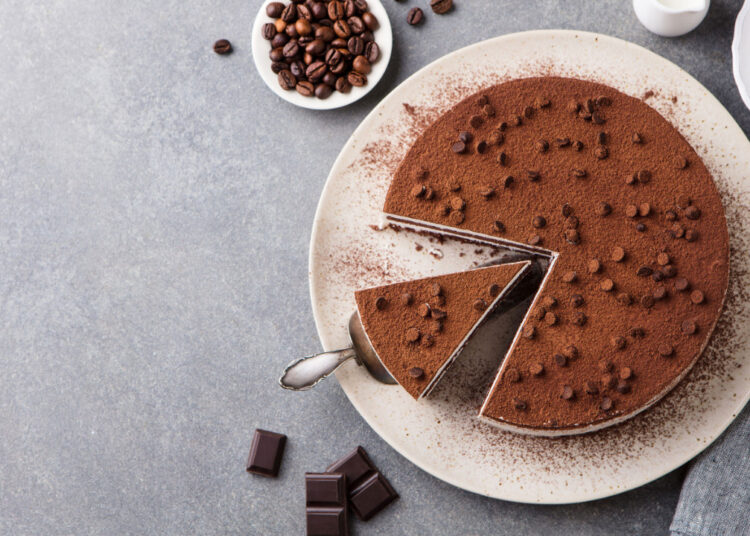The cake, one of the most astonishing inventions of the past, has evolved over time and has become a legacy that extends to the present day. This special dessert is baked in two copper molds approximately 10 centimeters in diameter, and it has found its place in the Guinness World Records as an example that has been preserved without spoilage for a long time. In order to distribute air bubbles inside the dough as evenly as possible, the molds are interlocked, and during the baking and cooling process, a vacuum effect is created, causing it to stick to the molds. This unique method has played an important role in storage and preservation throughout history.
Seen as a heritage extending from Ancient Egypt to the present day, this cake is valued not only as a food but also as a cultural symbol. Found in a tomb dating from the Pepi II period in the Meir necropolis, this cake is associated with Pepyankh, one of the high-ranking viziers of that era. These types of foods placed in tomb chambers were designed to accompany the dead on their journey to the afterlife and to be consumed during long journeys. The long-term preservation of these foods signifies a strong belief symbolizing the rebirth of the soul and its journeys.
Having existed for over 4,000 years, this cake proves how much craftsmanship and skill it embodies as an elegant work of art. The process begins with preheating the molds, which facilitates the formation of air bubbles inside the cake and strengthens the vacuum effect during cooling. This prevents it from sticking to the mold and ensures its preservation without spoilage. The preservation method of this artifact, exhibited today at the Alimentarium Food Museum, is a reflection of an ancient tradition with a modern expression.









